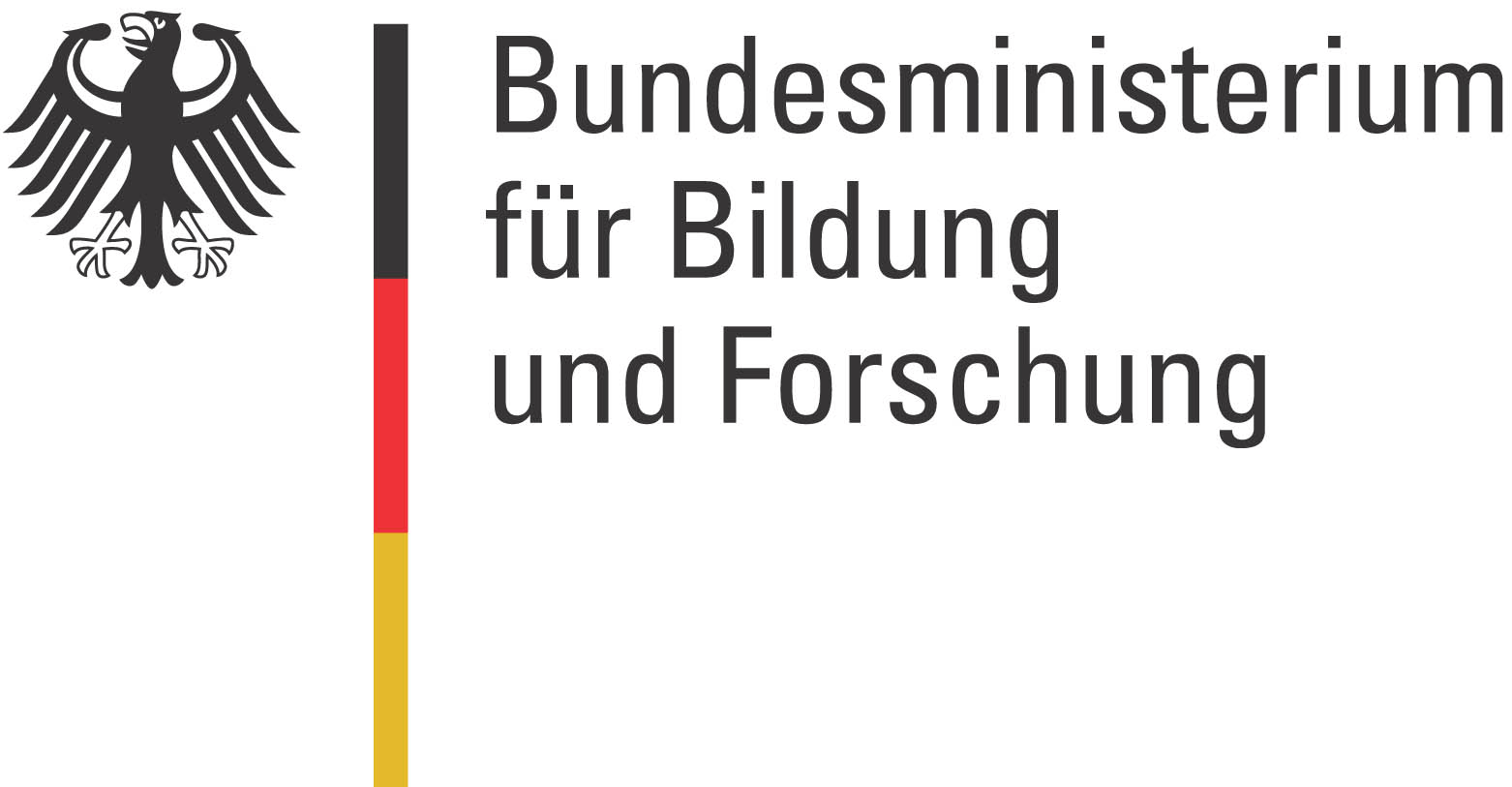Summary
Nanoparticles have great properties and can be used for various applications (e.g. drug delivery, photothermal treatment, cell labeling, tracking and imaging). On the way to the target, nanoparticles can bind to blood proteins and can induce protein conformational changes which ultimately may induce immunogenicity (i.e., the ability to induce an immune response). A major challenge is to predict the immunogenicity induced by nanoparticles.
We use biophysical methods (e.g. circular dichroism spectroscopy, calorimetry, dynamic light scattering) together with biological assays (e.g. ELISA) and molecular dynamic simulations tools to investigate the effect of nanoparticle properties on the immune system. By adjusting the physical properties of nanoparticles (e.g. size, surface charge, surface group) we can predict and control the immunogenicity of nanoparticles.
We functionalize gold-, magnetic- or silver nanoparticles with various biopolymers and investigate the adsorption of blood proteins (so-called protein corona formation). As model blood proteins we use transferrin, human serum albumin, etc. Further, the antigenicity of the protein-nanoparticle complexes is investigated by verifying the binding of antibodies to the bioconjugates. Moreover, we monitor the effect of stress factors (e.g. pH, temperature, magnetic field) on the bioconjugate formation.
Ultimately, we study the interaction of blood protein-nanoparticle complexes with artificial cell membranes.
Publications
Meesaragandla, B., Komaragiri, Y., Schlüter, R., Otto, O., Delcea, M., "The impact of cell culture media on the interaction of biopolymer-functionalized gold nanoparticles with cells: mechanical and toxicological properties" (2022), Scientific Reports, doi: 10.1038/s41598-022-20691-w
Meesaragandla, B., Hayet, S., Fine, T., Janke, U., Chai, L., Delcea, M., "Inhibitory Effect of Epigallocatechin Gallate-Silver Nanoparticles and Their Lysozyme Bioconjugates on Biofilm Formation and Cytotoxicity" (2022), ACS Applied Bio Materials, doi: 10.1021/acsabm.2c00409
Martens, U., Janke, U., Möller, S., Talbot, D., Abou-Hassan, A., Delcea, M., "Interaction of fibrinogen–magnetic nanoparticle bioconjugates with integrin reconstituted into artificial membranes" (2020), Nanoscale, doi: 10.1039/D0NR04181E
Karanth, S., Meesaragandla, B., Delcea, M., "Changing surface properties of artificial lipid membranes at the interface with biopolymer coated gold nanoparticles under normal and redox conditions" (2020), Biophysical Chemistry, doi: 10.1016/j.bpc.2020.106465
Meesaragandla, B., Karanth, S., Janke, U., Delcea, M., "Biopolymer-coated gold nanoparticles inhibit human insulin amyloid fibrillation" (2020), Scientific Reports, doi: 10.1038/s41598-020-64010-7
Meesaragandla, B., García, I., Biedenweg, D., Toro-Mendoza, J., Coluzza, I., Liz-Marzan, L. M., Delcea, M., "H-bonding-mediated binding and charge reorganization of proteins onto gold nanoparticles" (2020), Phys. Chem. Chem. Phys., doi: 10.1039/C9CP06371D
- Martens, U., Böttcher, D., Talbot, D., Bornscheuer, U., Abou-Hassan, A., Delcea, M. "Maghemite nanoparticles stabilize the protein corona formed with transferrin presenting different iron-saturation levels" (2019), Nanoscale, 29;11(34):16063-16070, doi: 10.1039/c9nr04967c
Collaborators
- Prof. Ali Abou-Hassan (Sorbonne University, Paris, France) Link
- Prof. Luis M. Liz-Marzán (CICbiomaGUNE, San Sebastian, Spain) Link
Members
Dr. Ulrike Martens, Dr. Brahmaiah Meesaragandla
B.Sc. Students: Anastasia Apriliani, Maxim Bodimer, Chiara Hall, Jessica Krahnke, Sophie Möller


